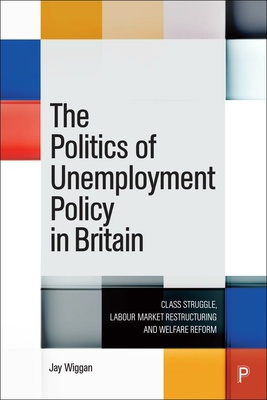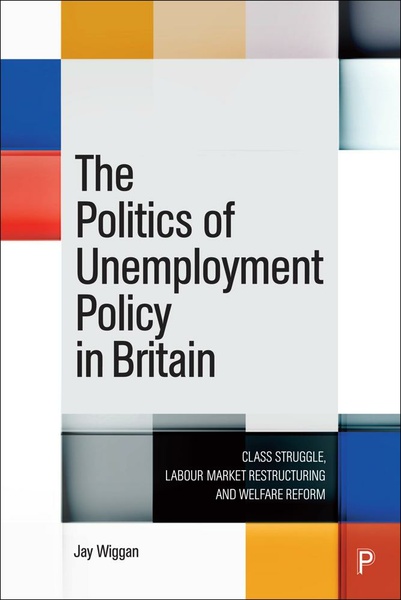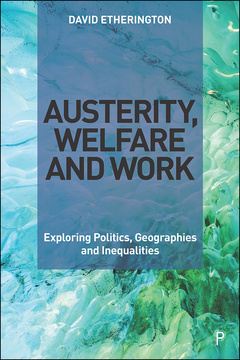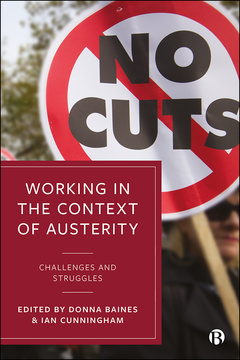The Politics of Unemployment Policy in Britain
Class Struggle, Labour Market Restructuring and Welfare Reform
By Jay Wiggan
Published
Jul 1, 2024Page count
288 pagesISBN
978-1447366119Dimensions
234 x 156 mmImprint
Policy PressPublished
Jul 1, 2024Page count
288 pagesISBN
978-1447366133Dimensions
234 x 156 mmImprint
Policy PressPublished
Jul 1, 2024Page count
288 pagesISBN
978-1447366133Dimensions
234 x 156 mmImprint
Policy PressThis book provides an account of the evolution of social security and employment policy and governance in Britain between 1973 and 2023. It explains how this remaking of policy and governance shaped, and was shaped by, the transformation of the labour market and power of claimants and workers.
Advancing a class-centred explanation the text situates contemporary working age active labour market policy as the contingent outcome of a long struggle over curtailment of labour autonomy and the challenges arising from policy ‘success’ for securing social cohesion, state legitimacy and better economic conditions for growth.
Jay Wiggan is Senior Lecturer in Social Policy in the School of Social and Political Science at the University of Edinburgh.
1. Introduction
2. Labour Commodification, the State and Class Politics
3. Labour Market Restructuring and the Changing Class Composition of Labour
4. Labour Autonomy, State Conciliation and the Emergence of Special Employment Measures: 1973 – 1979
5. A Cautious Offensive: Class Decomposition, Disorder and the Transitional Labour Market Policy Regime: 1979 – 1985
6. The End of Conciliation and Social Concertation: Dis-Embedding Labour 1985 – 1989
7. On the Offensive – Enterprise, Employability and Selective Activation: 1989–1997
8. Inclusive Employability, Consolidation and the Progressive Market Liberal Turn: 1997 – 2004
9. Imposing Inclusion and Extensive Labour Utilisation: 2005 – 2010
10. Austerity and the Imposition of Work Discipline: 2010–2016
11. Consolidation and Labour Market Policy Continuity in the Shadow of Crisis: 2016–2023
12. Conclusion














